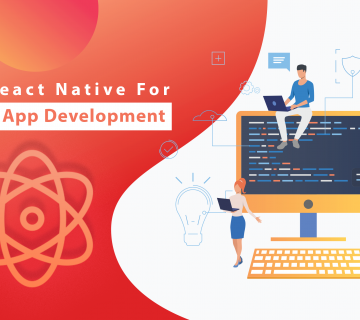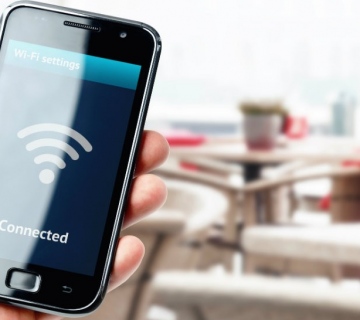 Google Glasses, called Project Glass by Google, proposes bringing augmented reality glasses to the mass market. It sounds like a futuristic promise, but Google wants to make this a reality. The device is worn like a typical pair of glasses and controlled with voice commands. Augmented reality glasses work with a heads up display that appears right in front of your eye. Google Glasses are going to take some time to materialize, but that’s more than enough time for the mobile development market to prepare itself. Given how different the Google Glasses input and interface is compared to current smart phones, a great deal of adjustment will be needed for this platform.
Google Glasses, called Project Glass by Google, proposes bringing augmented reality glasses to the mass market. It sounds like a futuristic promise, but Google wants to make this a reality. The device is worn like a typical pair of glasses and controlled with voice commands. Augmented reality glasses work with a heads up display that appears right in front of your eye. Google Glasses are going to take some time to materialize, but that’s more than enough time for the mobile development market to prepare itself. Given how different the Google Glasses input and interface is compared to current smart phones, a great deal of adjustment will be needed for this platform.
Unique Challenges of Google Glasses
One of the first obstacles that mobile developers need to overcome is the user interface that Google Glasses uses. You won’t be able to simply port over the same layout that worked in your smart phone applications, since the screen real estate is entirely different with Google Glasses. Your UIs need a complete overhaul to work with the advantages and limitations of this hardware. The next step is changing the controls. Google Glasses uses voice commands for input, so you need to make the applications compatible with that. Some apps are easier to adjust for voice commands than others, so it depends on exactly what you have to offer.
You need to make sure all of the relevant information is easily accessible without many commands. Google Glasses users aren’t going to want to talk to themselves all day long just to find information that should appear on the main app window by default. Mobile developers also need to consider any coding challenges that come with the Google Glasses technology. Not much has been released as far as the type of coding needed to develop on the platform, but it will assuredly be more difficult than simply porting over applications with a few adjustments.
Google Glasses might look like it belongs in the far flung future, but it’s much closer than you think. Mobile developers who get in on the first wave of releases gain the experience necessary to succeed later on down the line. You don’t have to act right away, but you may want to consider making your applications voice command friendly as a baby step toward a Google Glasses compatible program.
Adjustments to the user interface depend on the actual implementation of your application. Overall the technology world is in a watch and wait pattern with Google Glasses. If Google manages to get widespread acceptance of this technology, smart phones are going to fall by the wayside quickly. However, just because the technological advances are significant doesn’t mean that they’re guaranteed to work. A lot of time and effort will end up going into the Google Glasses project before a mobile developer even gets a chance to play around with the coding. The floodgates will open on development when Google is ready to take the next step.


